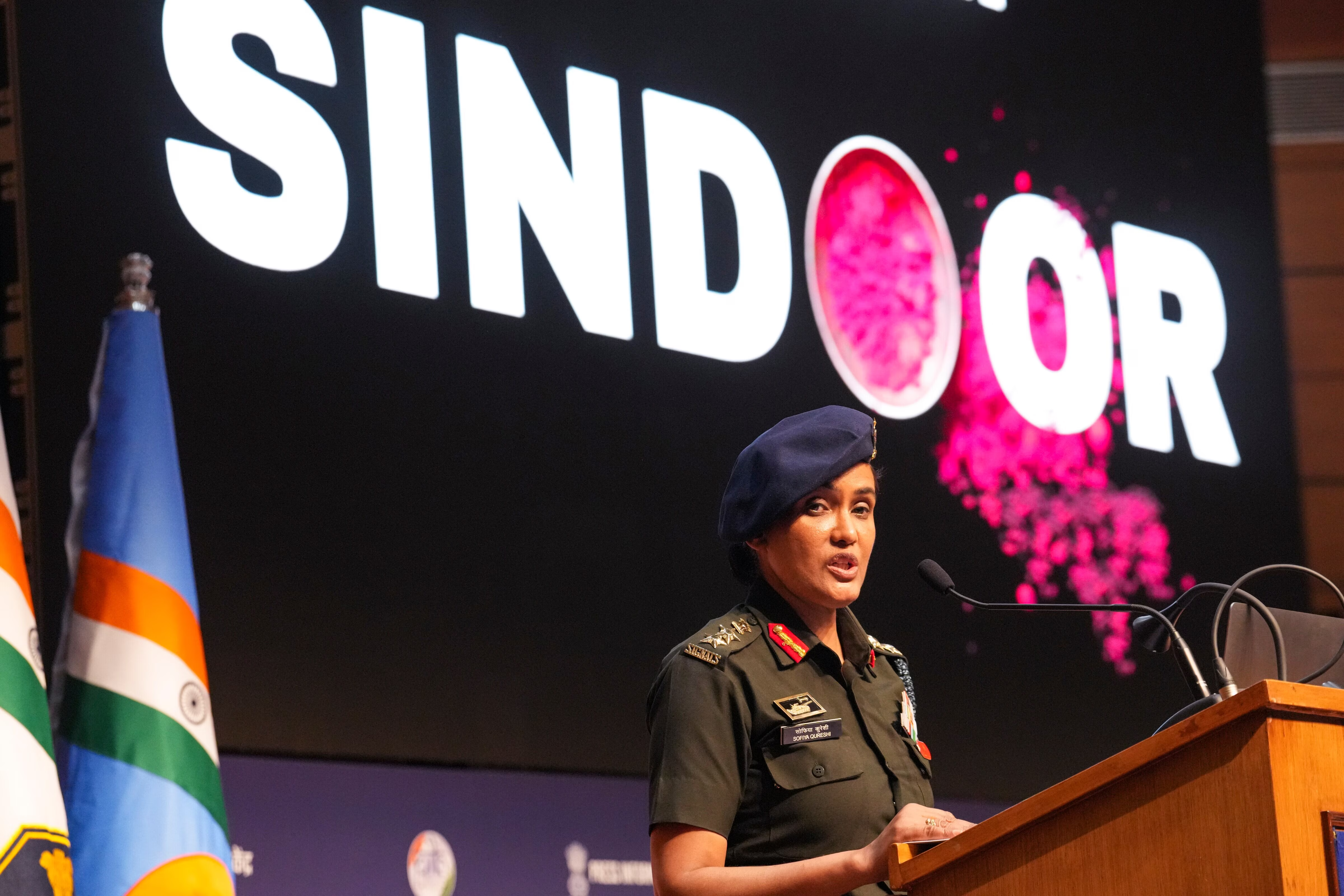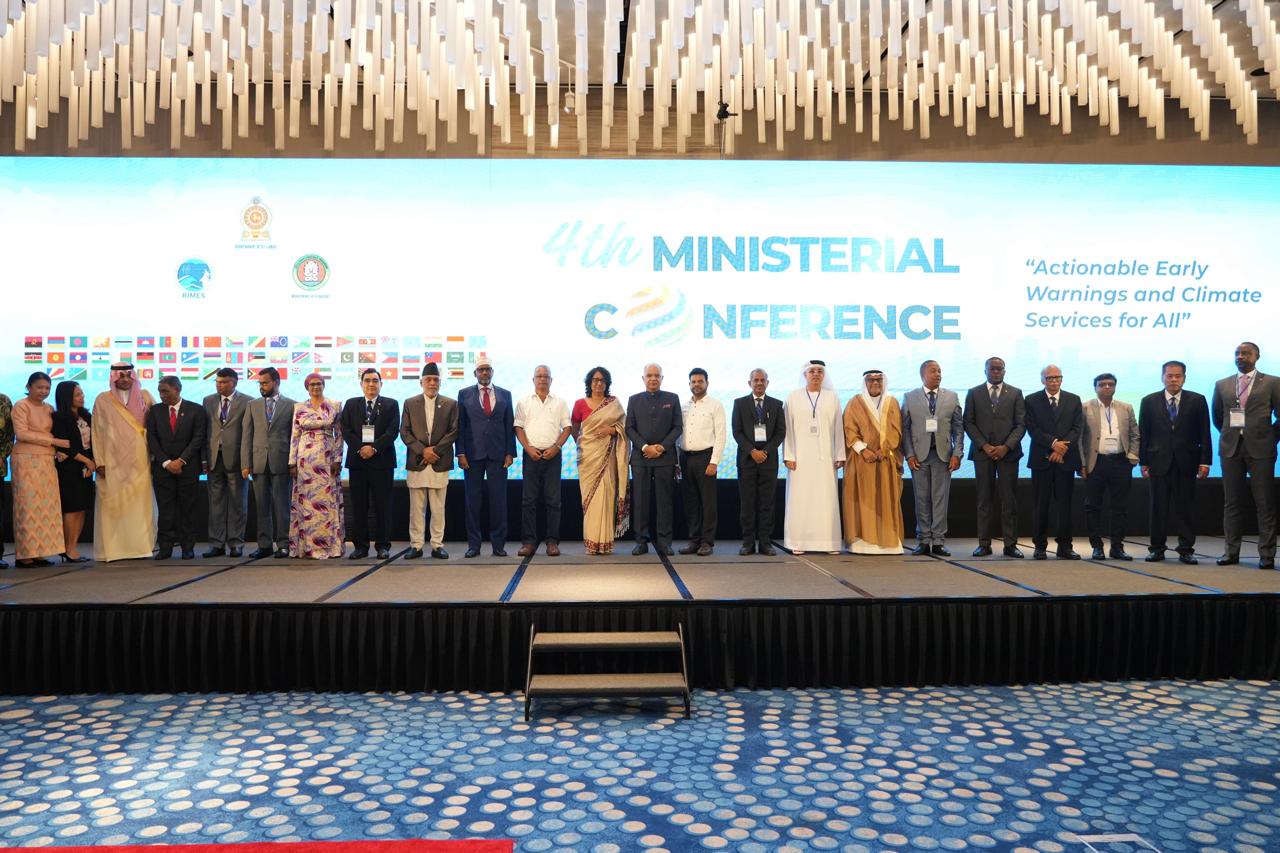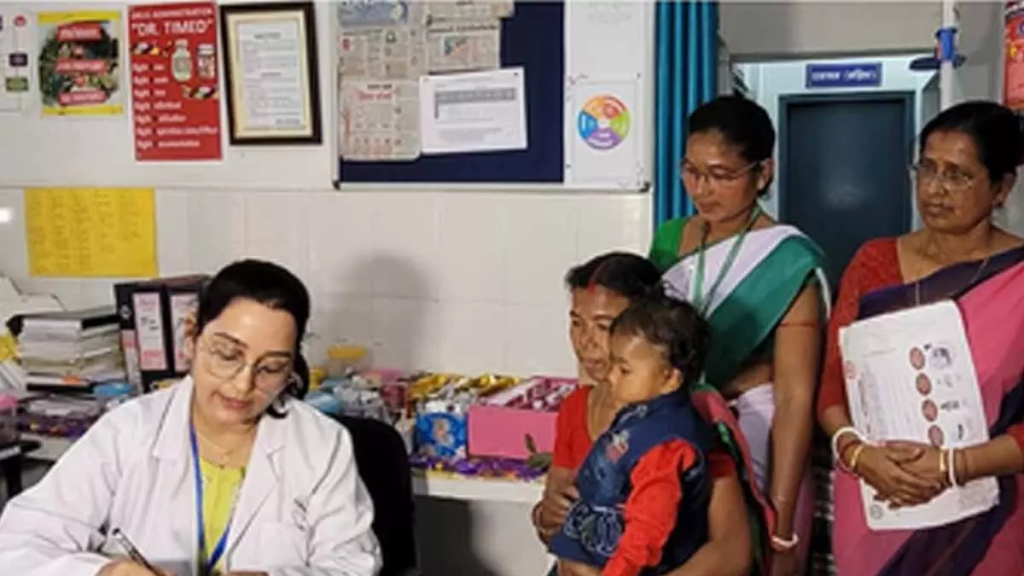- Courses
- GS Full Course 1 Year
- GS Full Course 2 Year
- GS Full Course 3 Year
- GS Full Course Till Selection
- Online Program
- GS Recorded Course
- NCERT (Recorded 500+ Hours)
- Polity Recorded Course
- Geography Recorded Course
- Economy Recorded Course
- AMAC Recorded Course
- Modern India, Post Independence & World History
- Environment Recoded Course
- Governance Recoded Course
- Science & Tech. Recoded Course
- International Relations and Internal Security Recorded Course
- Disaster Management Module Course
- Ethics Recoded Course
- Essay Recoded Course
- Current Affairs Recoded Course
- CSAT
- 5 LAYERED ARJUNA Mentorship
- Public Administration Optional
- ABOUT US
- OUR TOPPERS
- TEST SERIES
- FREE STUDY MATERIAL
- VIDEOS
- CONTACT US
Stratospheric aerosol intervention
Stratospheric aerosol intervention
12-10-2023

Why in News?
Recently, A study published in the journal Nature Food highlighted the potential impact of stratospheric aerosol intervention (SAI), a geoengineering technique, on global food production.
What is Stratospheric Aerosol Intervention (SAI)?
- SAI is a proposed method of solar geoengineering, or modification of solar radiation, aimed at reducing global warming.
- The introduction of aerosols into the stratosphere could result in a cooling effect due to global dimming and increased albedo, a natural phenomenon originating from volcanic winter.
- Moderate intensity stratospheric aerosol injection can counter most temperature and precipitation changes, take effect rapidly, have low implementation costs, and be reversible in its direct climatic effects.
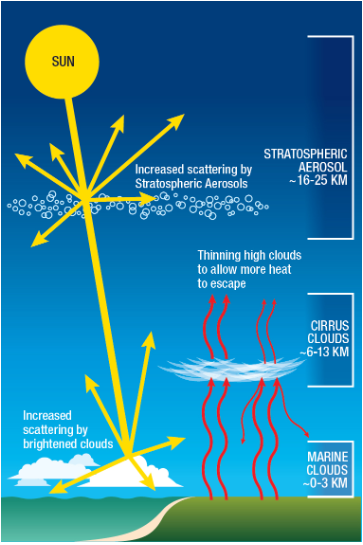
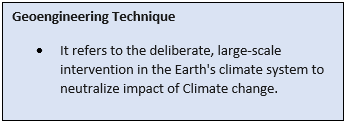
What are the Key Highlights of the Study?
- SAI as a Climate Intervention
- SAI is a potential alternative to traditional mitigation strategies in addressing climate change if traditional methods fail.
- SAI mimics volcanic eruptions by injecting Sulphur dioxide into the stratosphere, oxidizing it to form Sulphuric acid, which then forms reflective aerosol particles.
-
-
-
- NASA reports a 0.6°C decrease in global temperature over the next 15 months due to the advancements in space exploration.
-
-
-
- Diverse Impact on Agriculture:
-
-
- The impact of SAI on agriculture varies depending on factors such as precipitation and solar radiation.
- The optimal global temperatures for crop production are crucial for making informed decisions.
- The impact of SAI on agriculture varies depending on factors such as precipitation and solar radiation.
-
-
- Computer models are being utilized by researchers to assess the impact of SAI scenarios on crops such as maize, rice, soybean, and spring wheat.
- Computer models are being utilized by researchers to assess the impact of SAI scenarios on crops such as maize, rice, soybean, and spring wheat.
- Moderate SAI levels have the potential to boost food productivity in mid-latitude temperate regions such as North America and Eurasia.
- Large amounts of climate intervention could potentially boost agricultural production in the tropics.
- The regions covered by this text include Mexico, Central America, the Caribbean, South America, Africa, Middle East, India, Southeast Asia, Australia, and Oceania.
- Countries may choose varying SAI levels to optimize crop production based on their geographical location and climate conditions.
- Comprehensive Impact Assessment:
-
- The study emphasizes the need to investigate the impact of crop production on human health and ecosystems.
-
Risks and Concerns associated with SAI
- The deployment of SRM could potentially heighten climate change damage and introduce new risks to people and ecosystems, including human health and global biodiversity.
- The current scientific assessments of the potential impacts of potential SRM deployments on human and natural systems are limited.
- The technologies which form the pillars of SAI are not completely evaluated yet and thus the there adverse impacts are still not known.
Conclusion
SRM should not be viewed as the main response to climate change. However , Due pressing need of climate change mitigation a calibrated use of SAI should not be ruled out and can be considered as an alternative to present policy actions like Kyoto Protocol and Carbon Fixation strategies.

